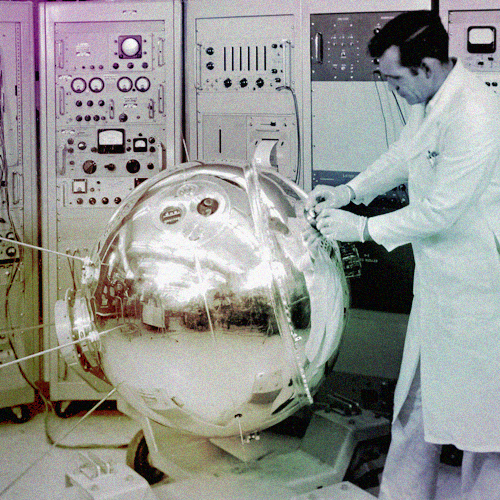You’ve had the idea. You’ve built the app. You’ve marketed the hell out of it. You’ve seen results. You’ve made updates and improvements.
But now what?
Are you done? Close the lid, package it up, never look at it again? You could. For CaseCollage, this app did achieve what we set out to do. We got widespread exposure. We got to practice the whole app launch process from start to finish on an app that wasn’t really “our baby”. We learned more about working processes and how to run more efficiently in the future.
CaseCollage definitely has more we could do. In fact we have pages of “future plans”: Refining UI to add a copy/paste element, implementing in-app printing and delivery with third-party companies, additional templates for other hole-designed cases or case company partnership. But all of this requires significant additional time commitment. And we all know time=money. Whether its time for client work or time for new ideas – the current rate of income for this app doesn’t work out for future CaseCollage development.
It is hard for many to decide when is your app finished. It isn’t always as simple as profits. There are a lot of questions to weigh: Is the app something you are passionate about? Is it something that could see leaps and bounds of improvement with some updates? Is there a dedicated user base and room for growth? What about your current user base? Do you want to leave them in the lurch for future OS updates? If we had deeper, more complex answers to some of these questions, maybe we would pause and devote some more hours to the project. But, as stated above, it did what we wanted, and we’re happy with the final results (and app).
We aren’t completely shuttering CaseCollage and never looking at it again. Rest assured, I will still be coddling my instagram audience with daily/weekly new designs, and providing basic customer service (for the millionth time, please print “fit to page” do not print a screen shot, no shit, that isn’t going to be sized right). It is just time to devote the majority of our brain power to new exciting endeavors.
Just like the Internet and their goldfish attention span, we have one as well.
If you’re late to this rodeo, you may not know, we built an app and wanted to share some of the details. You can find related articles below:
Part 1: The Ah-Ha Moment And What Comes After – The idea for the CaseCollage app
Part 2: Building an App in 2 Weeks – App development process, Wiley’s analytical take
Part 3: Roller Coaster App Store Review – App store submission hurdles
Part 4: Becoming “Internet-Famous” – Prepping for launch and app marketing 101
Part 5: Squashing the Bugs and App Maintenance – When things invariably go wrong
Part 6: A+ Work: Analytics and Ad Tracking – What are all these chart thingys?
Part 7: The. End. – The lifecycle of an app



















